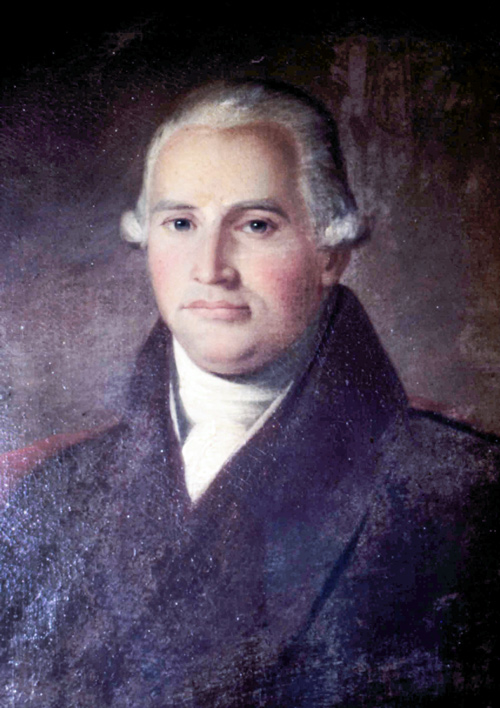Washington, DC President Jefferson writes to a naturalist, surveyor, and scientist living in the Mississippi Territory, William Dunbar, explaining his strategy for obtaining New Orleans and the Floridas.
Washington Mar. 3. 1803.
Dear Sir [William Dunbar]
Your favor of the 5th. of Jan. has been duly recieved, and I have to return you thanks for the two vocabularies . . . . we shall be happy to see your history of the Missisipi compleated, as it is becoming one of the most interesting parts of our country
. . . . .
The late interruption of our commerce at New Orleans by the Spanish Intendant, combined with the change of proprietors which Louisiana certainly, and the Floridas possibly, are immediately to undergo, have produced a great sensation here . . . . whether we may succeed in the acquisition of the island of N. Orleans & the Floridas peaceably for a price far short of the expence of a war, we cannot say.
we shall endeavor to procure the Indian right of soil, as soon as they can be prevailed on to part with it, of the whole left [east] bank of the Missisipi to a respectable breadth, and encourage it’s prompt settlement; and thereby plant on the Missisipi itself the means of it’s own defence, and present as strong a frontier on that as on our Eastern border. I pray you to accept assurances of my great esteem and respect.
Th: Jefferson[1]Thomas Jefferson to William Dunbar, Founders Online, National Archives, founders.archives.gov/documents/Jefferson/01-39-02-0531 accessed 15 May 2022. [Original source: The Papers of Thomas Jefferson, … Continue reading
To find a leader for a Southwestern Expedition, Jefferson, enlisted the assistance of Scottish expatriate scientist Sir William Dunbar (1749-1810) who was living in Natchez, Mississippi, near the mouth of the Red River of the South. He was reputed to have had the best astronomical observatory in Jeffersonian America.
William Dunbar and his friend from Philadelphia, Doctor George Hunter, decided, in the winter of eighteen-four and eighteen-five, to perform what amounted to a trial expedition for the Grand Excursion into the Southwest. With sixteen men they led a short, four-month probe up the Washita River, a tributary of the Red River, into what is now the Ozark Mountains of Arkansas.
Paraphrased from “Trial Run: Dunbar and Hunter” in The Freeman-Custis Expedition by Dan Flores and Joseph A. Mussulman.
Notes
| ↑1 | Thomas Jefferson to William Dunbar, Founders Online, National Archives, founders.archives.gov/documents/Jefferson/01-39-02-0531 accessed 15 May 2022. [Original source: The Papers of Thomas Jefferson, vol. 39, 13 November 1802–3 March 1803, ed. Barbara B. Oberg. Princeton: Princeton University Press, 2012, pp. 623–624.] |
|---|

